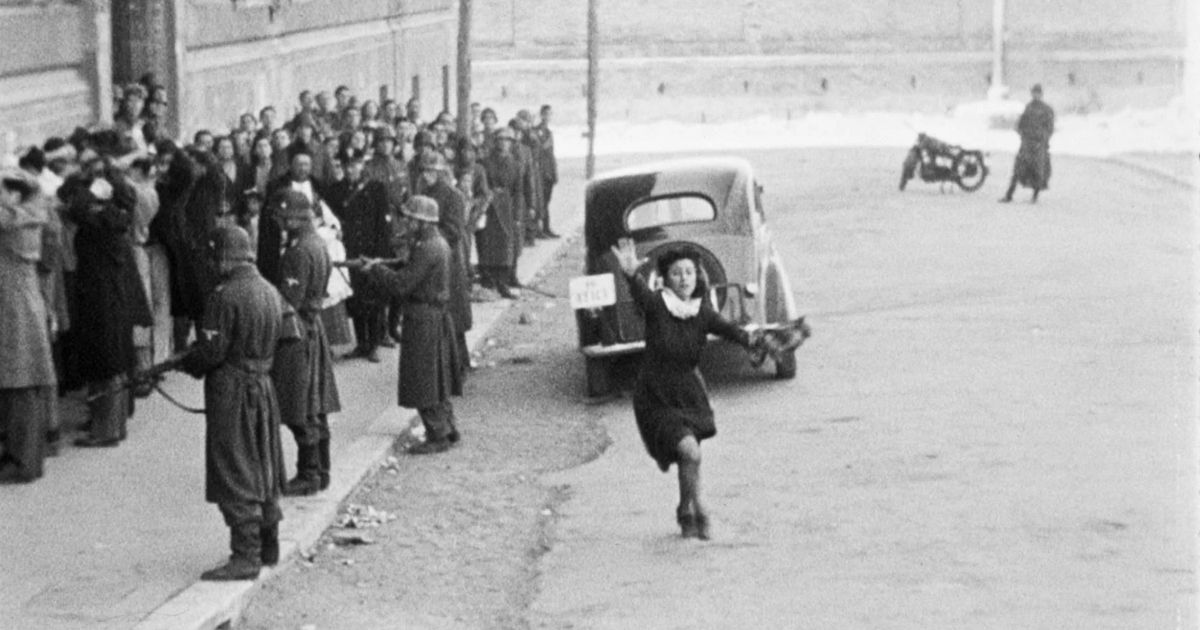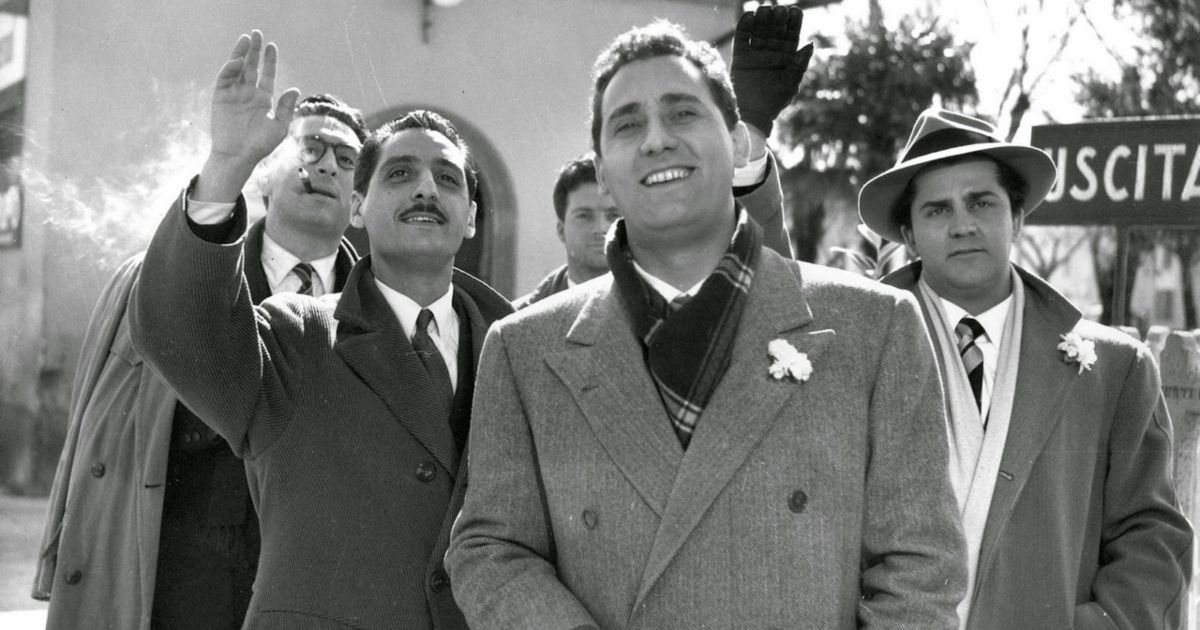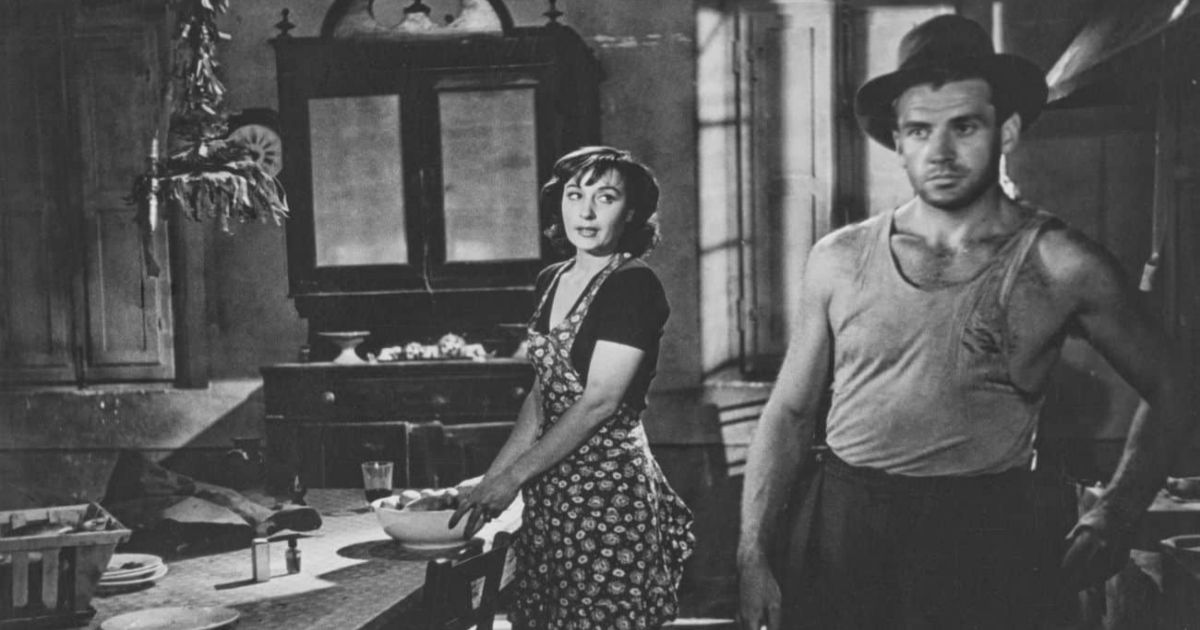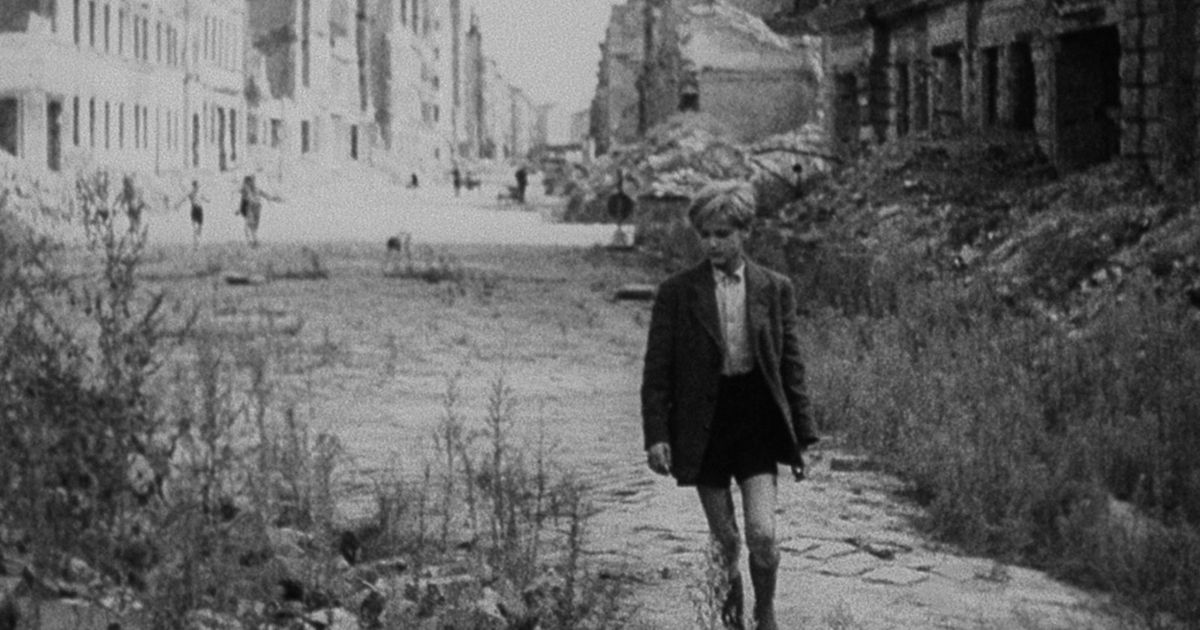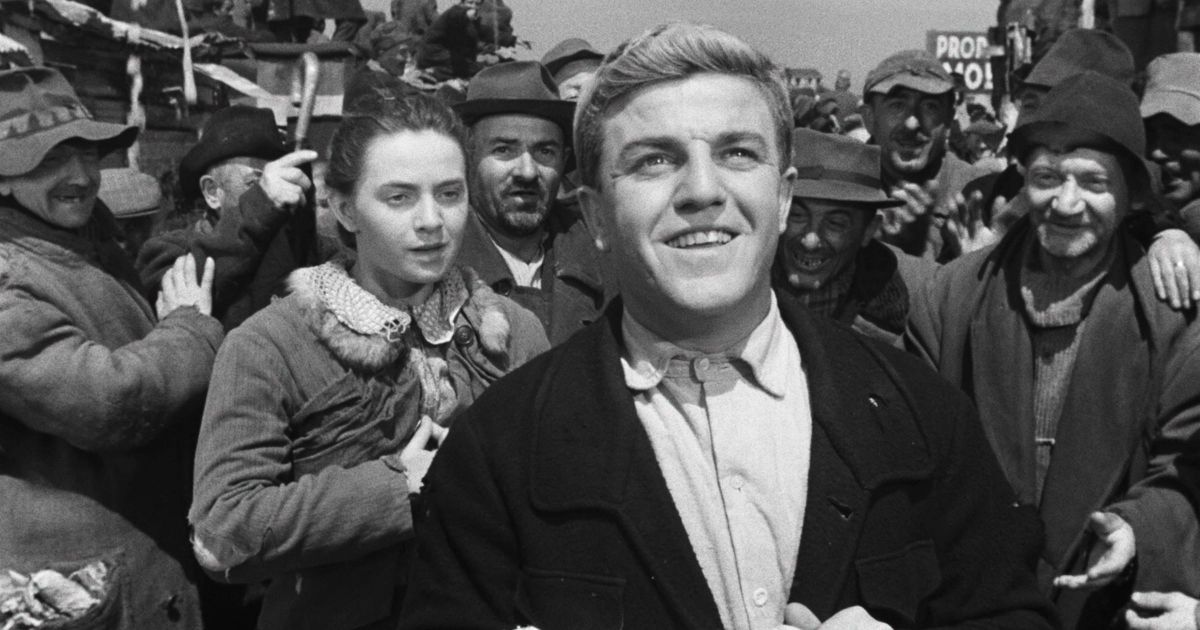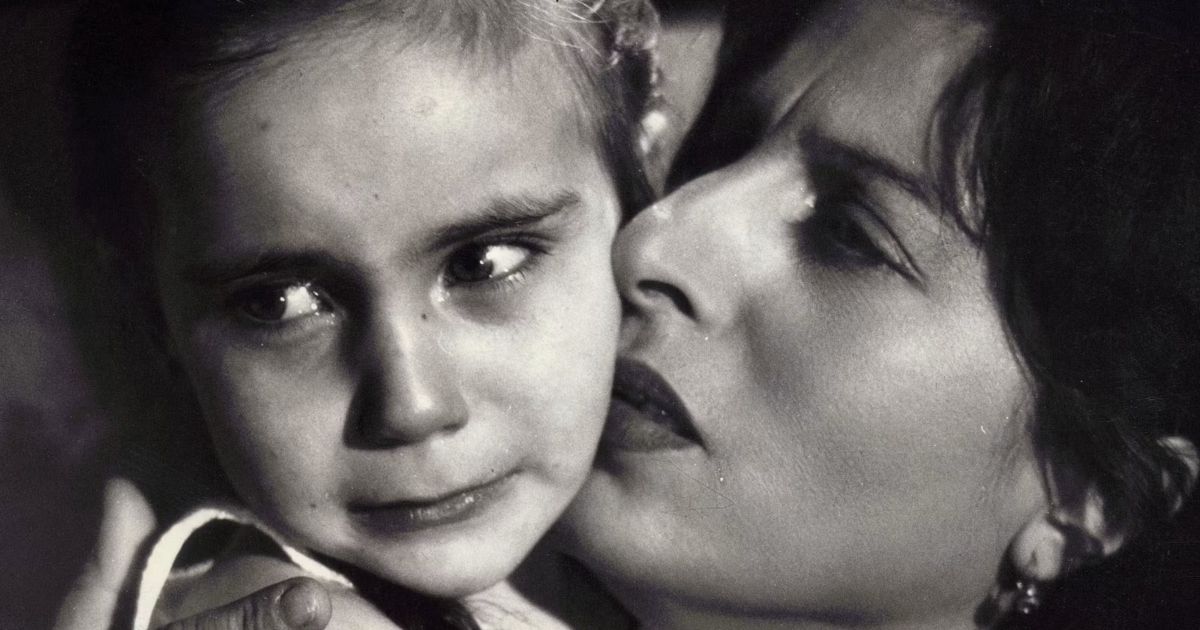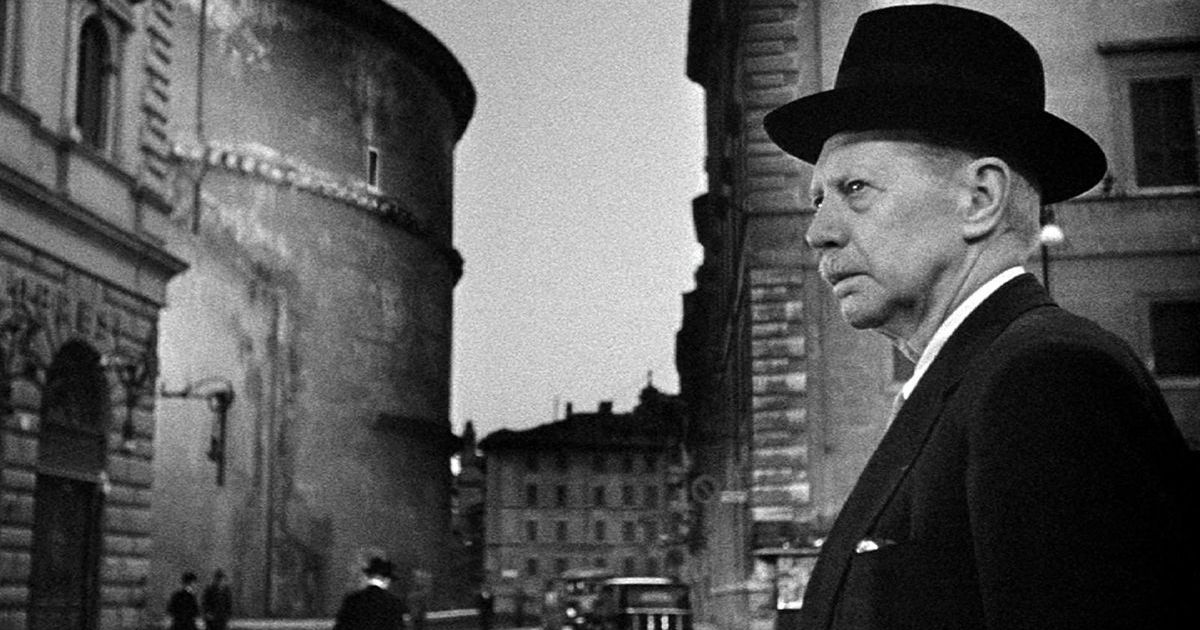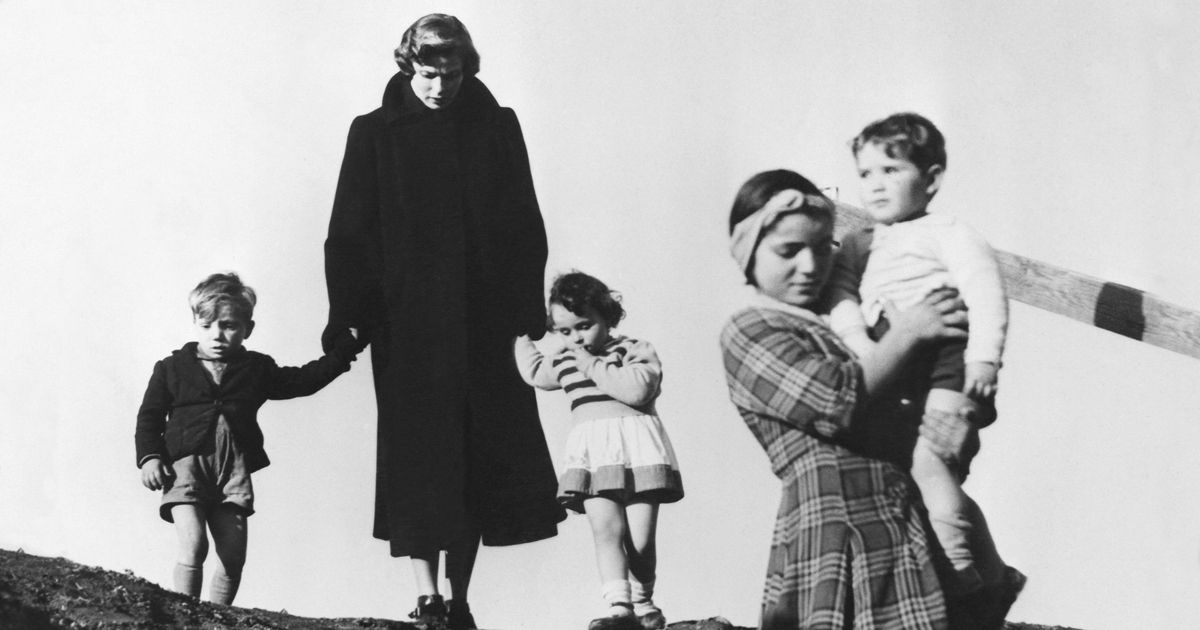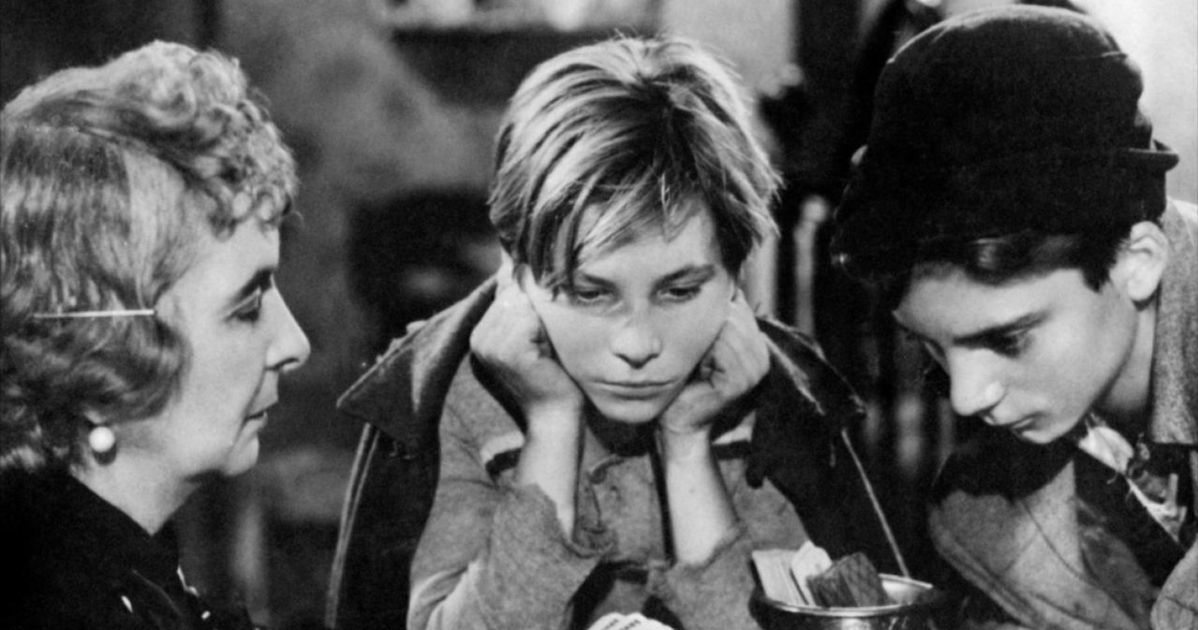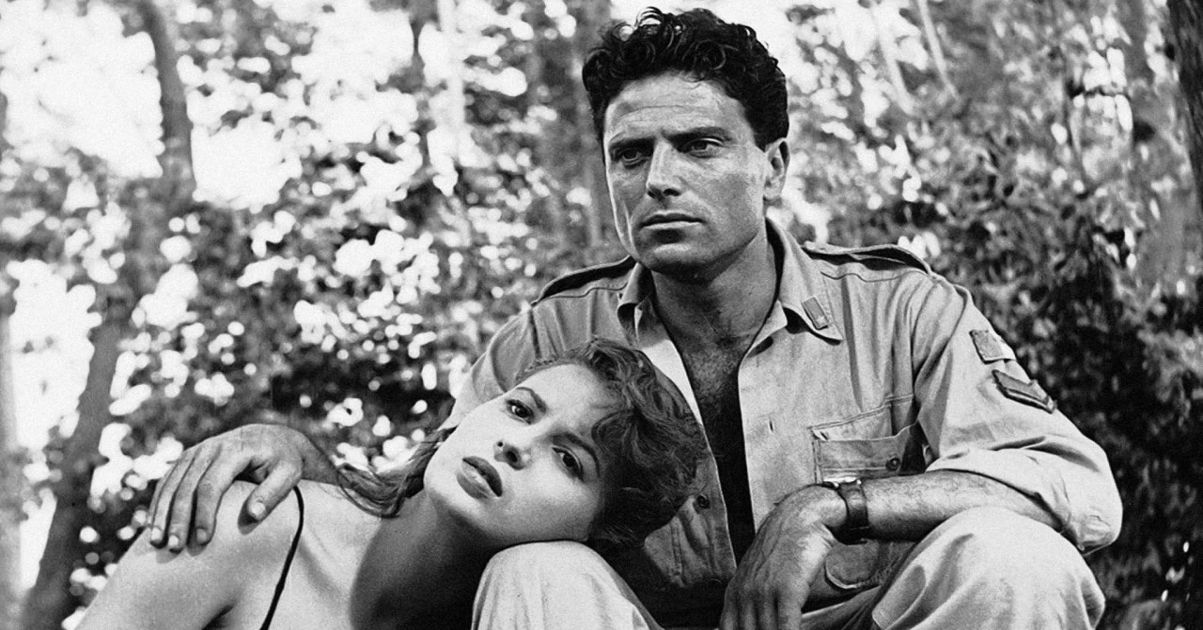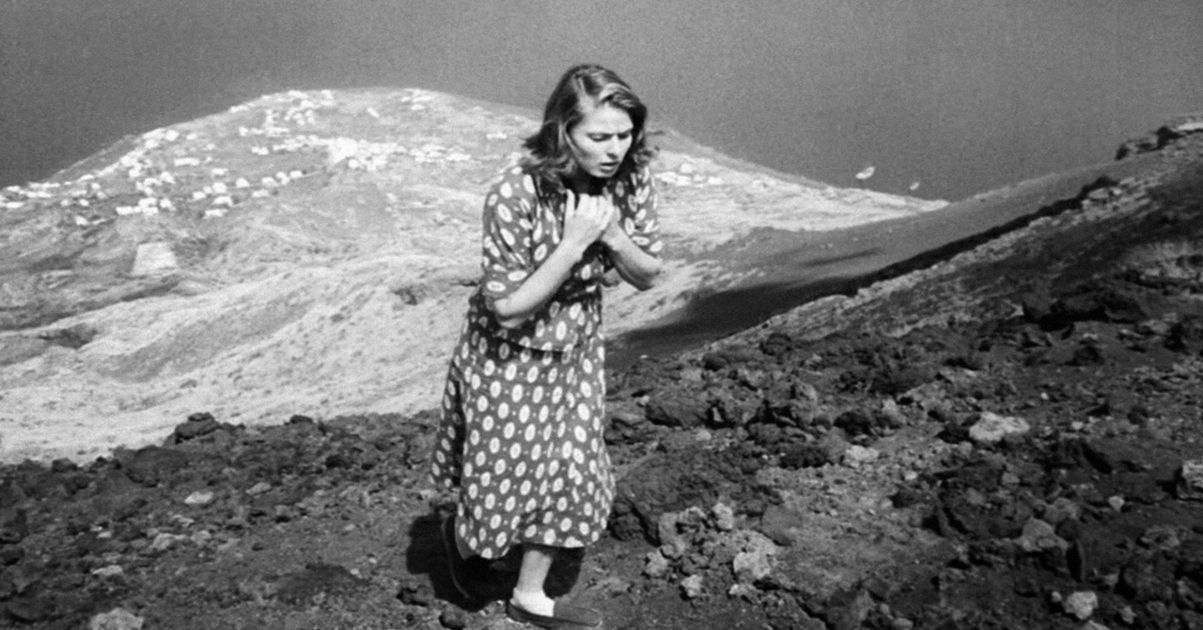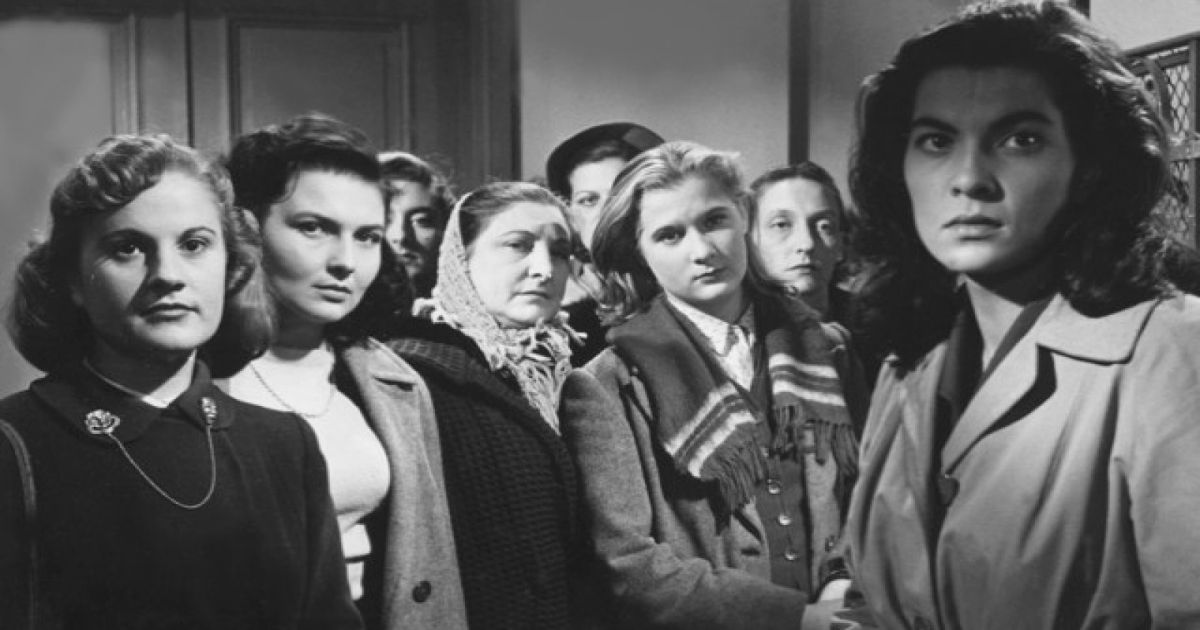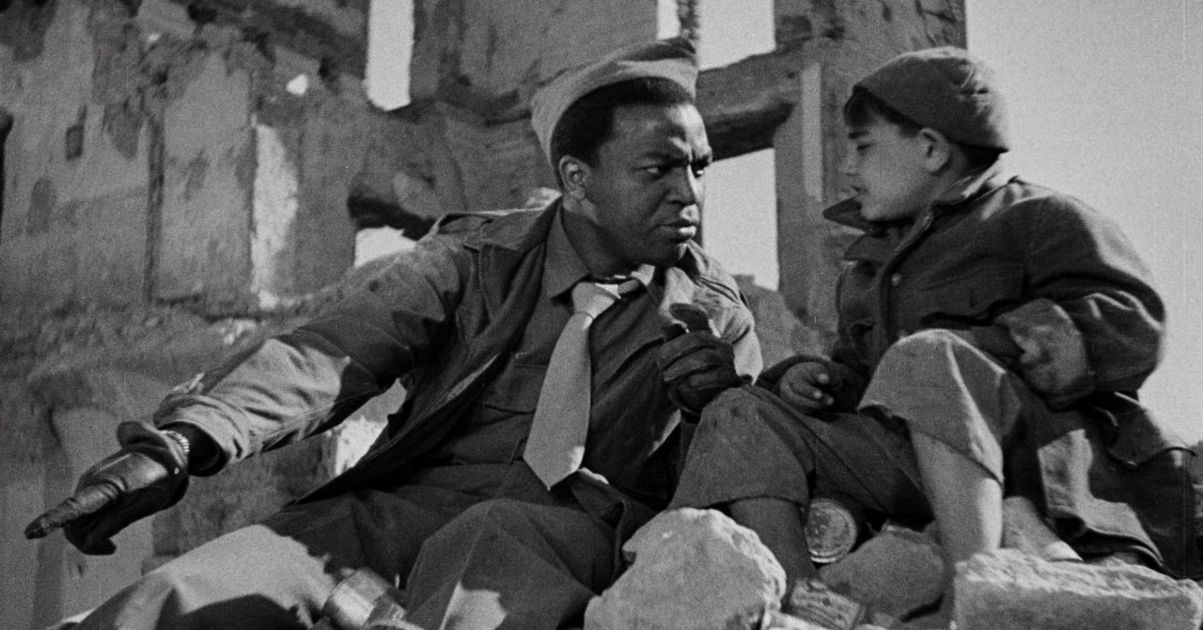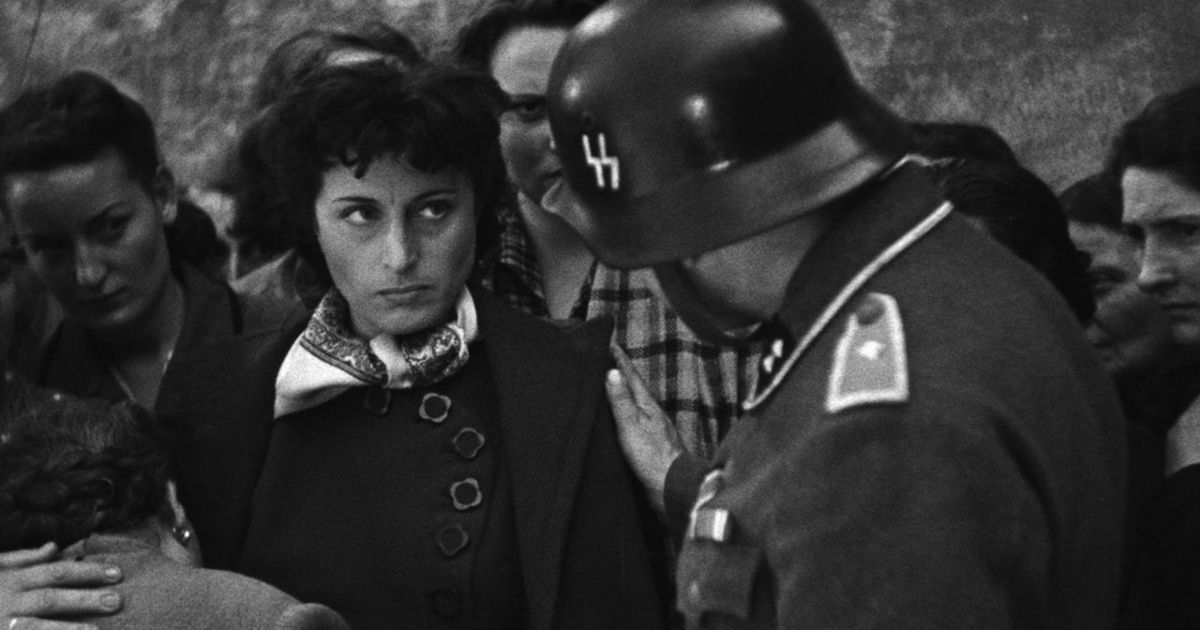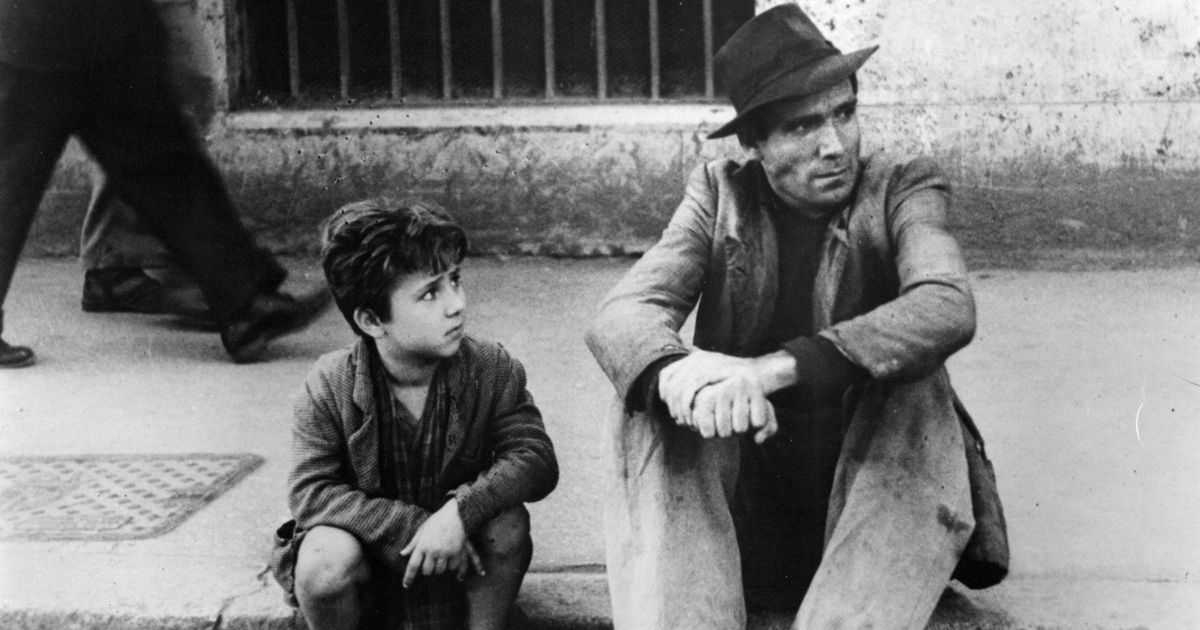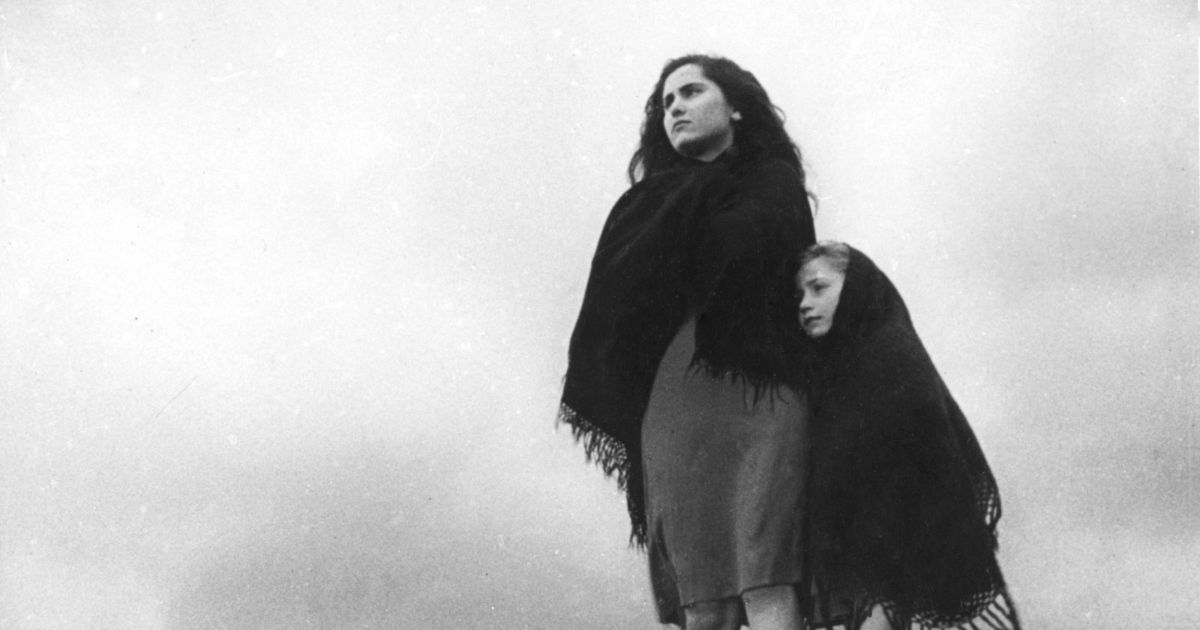Like many European nations after World War II, Italy was shaken to its core and in a state of reconstruction in the mid-1940s. While for countries like France or England, being on the winners’ side of the conflict made it much easier to go back to what was deemed as normality, for the Third Reich’s main ally through half of the war, the aftermath left the entire nation questioning itself.
Cinema was no exception to this. In the years prior and during the war, Italian cinema was consumed by the so-called Telefono Bianchi (White Telephones) films. These were an imitation of American comedies of the time. These motion pictures featured lavish and expensive Art Deco set design, inhabited by bourgeois characters. They promoted conservative values, respect for authority, and a rigid class hierarchy that went in line with the fascist regime.
16 Best Italian Neorealism
This cinema was not a representation of the Italian reality. These depictions of wealthy people differed highly from the rest of the country which was mostly poor. The films’ untroubled nature was severely hypocritical to the world from which they emanated, and by 1940 with the war raging, the Calligrafismo style of filmmaking surged. It was a vastly different approach to making movies. Though not a direct response to the White Telephone films, Calligrafismo focused on formalist aspects and raising the overall quality of Italian filmmaking, to compete with the rest of European industries.
The filmmakers behind it wanted to make films beyond the limits of fascism, but with no interest in portraying the reality of their country or any form of social devotion, thus the genre was seen as unrealistic and superficial. Through theseproductions, a new generation of filmmakers sharpened their craft working on many of these movies, and by the time their country was liberated, they were ready to bring their own vision to life.
They took to the streets with little to no budget or equipment, and began to tell stories of ordinary everyday people, the enduring struggle of the working-class and the poetic hardships of life. Italian Neorealismwas born as a more realistic approach to making films, using mostly nonprofessional actors, shooting almost exclusively on location, and creating scenes made of ordinary activities.
As the genre evolved, it became less uniform and set on a range of characteristics, and more a connection between filmmaking practices and the social reality of post-war Italy. These films have been highly influential to coming generations and many things of the things we see in independent cinema today, exist because of Neorealism. Here are the 15 greatest of the genre that made film a more human and realistic space.
15 I Vitelloni
Before becoming the most lauded Italian filmmaker of all time, director Federico Fellini was an apprentice to Roberto Rossellini, one of the most relevant figures of Italian Neorealism. As a screenwriter for various of Rossellini films (earning his first Oscar nominations for Rome, Open City and Paisan), Fellini began an illustrious career that would take him to the heights of the cinematic world.
Though not considered officially part of the movement, one of his first films certainly is close to the approach. I Vitelloni concerns the story of five young friends whose childhood was marked by the war, as they drift aimlessly trough life.
14 Ossessione
Considered the first film in the genre, Ossessione introduced the world to Luchino Visconti, who would go on to create some of the greatest and most ambitious films of all time. Though some critics place it within Calligrafismo, and though it does contain a lot of characteristics of it, the film is the first to start portraying characters outside bourgeois environments. Its main characters are a drifter and inn owner who begin an affair and plot to get rid of the latter’s husband.
The film found strong backlash form the fascist government since pre-production, Visconti managed to make it through all the way to the premiere but soon after found himself in trouble having the film banned and all the negatives requested for destruction. Luckily, he kept one to himself from which all following prints have been made.
13 Germany, Year Zero
Children played a key role in Italian Neorealism. In the first films of the genre, they play usually secondary roles observing the struggles of adulthood, and as observers of the present’s difficulties, they hold the key to the future. In the final part of his war trilogy, Roberto Rossellini crafts a story of empathy and loss from a child’s perspective.
Germany, Year Zero is about a German boy named Edmund who must deal with a complicated and struggling family in the aftermath of World War Two. One of the few films of the genre set outside of Italy finds Rossellini portraying the inner dynamics of a German society in shambles.
12 Miracle in Milan
Miracle in Milan found Vittorio De Sica trying to bring children stories together with social reality through a fantasy story. The film is about a boy found in a cabbage patch by an old woman, who after her passing, is given a dove by her ghost, which allows him to perform miracles for the poor people he lives with. After the angels decide to take away his powers, the dove refuses to leave his side since it witnesses his sincere demand for justice and equality.
11 Bellisima
By 1951, Neorealism was no longer an emerging movement, it was the predominant film style in Italy already influencing the rest of Europe and the world. Luchino Visconti made then a meta narrative about what the Italian industry had become and how Neorealism gave dreams to ordinary people of one day being able to appear in film and transcend their material conditions. Bellisima is about a stage mother and her frenzied effort to make her daughter go to a film audition. Though it has a comedic tone, the movie depicts the reality of how films that were initially set as small and personal now had become a global phenomenon, thus turning into something else entirely.
10 Umberto D
One of the most famous films of Vittoria De Sica’s filmography is a deeply humanistic study of survival and mortality. Umberto D is the story of an old man who is facing the possibility of being evicted. As he tries to pull himself together and gather the money, Umberto knows that time is running out and that no matter what, he must find a way to hold on to his life and to the transitory beauty of life. A deeply sad and harsh movie is at the same time gorgeous and poetic, it finds De Sica at his best and at its core is a compelling performance from Carlo Battisti, in his first and only ever acting role.
9 Europe ’51
As Italian society began to make sense of itself again, the Neorealist films began to tackle not only the lives of the working-class, but their relation to those who have a more favorable socioeconomic condition as well. Another aspect of the evolution of the genre is the inclusion of professional actors, in the case of Rossellini, of Ingrid Bergman, his wife at the time. Europe ’51 tells the story of wealthy socialite that after the passing of her son, becomes overrun with guilt and decides to dedicate herself to help the poor and sick, which is not seen as acceptable by her husband.
8 Shoeshine
In another story featuring children, Shoeshine is the heartbreaking tale of two shoeshine boys working near a racetrack, dreaming of having their own horse. The film deals with the difficult situations a lot of youngsters found themselves in post-war, having to venture into illegal businesses in order to survive. Vittorio De Sica calmly helms a tragic story detailing that doesn’t focus as much on the criminal life and the people that fall in it, and more in the terrible conditions of Italy’s prison system.
7 Riso Amaro
Of all the Neorealists, none was as insistent and passionate about the reformation and betterment of society than Giuseppe De Santis. Riso Amaro (Bitter Rice) is both the title of one of his first films as it is also a verbal pun, with riso (rice) meaning both rice and laughter, playing a double meaning to the movie. The plot concerns a couple of thieves escaping from the law camouflaging as rice workers and the ensuing complications that come with a man and a woman they meet in the plantations. De Santis emphasizes the contrasting landscapes of industrial northern Italy and the countryside, the differences and similarities in social interaction and overall makes an ode to the Italian woman of the post-war period.
6 Stromboli
In 1950 Ingrid Bergman sent a letter to Roberto Rossellini, in which she detailed her admiration for his work and desire to make a picture together. What came after was one of the most controversial love affairs in the film world at the time, and a working relationship that generated some of the greatest films of all time, Stromboli included.
In the film, Bergman plays a Lithuanian emigrant in a prison camp in Italy. She marries an Italian man she does not love in order to be freed, and later on taken to where he lives, the island of Stromboli. In this isolated landscape, she finds herself alienated and unwelcome by the locals, and must find a way to continue living through the fear of living on a volcanic island.
5 Roma 11:00
Based on a real-life story, Rome 11:00 is the tragic story of the before, during and after of a staircase accident. Centering on five girls among 200 who answered a wanted ad for a secretarial position and their dealing with the over crowdedness in the building. The film focuses on the difficult conditions of post-war Italy, what work meant in such context, the lives of the women looking to survive in this new world, and how the cruelty of life makes people become enemies.
4 Paisan
In one of the most robust films of this list, Roberto Rossellini accounts the lives of ordinary Italians in the midst of the allied taking of Italy back from the fascists. As the second entry of his war trilogy, Paisan is a bridge between the director’s depictions of wartime Rome and Germany, detailing the cultural barrier between the Anglo-Saxon world and Europe.
Made a year after the war’s end, Rossellini shoots with both sensitivity and knowledge, events that not long ago had shattered humanity are now a part of history and his detailing eye delivers a noble account of what the end of wartime meant for humanity.
3 Rome, Open City
In 1943, Italy was half controlled by the Allied forces, and the government, royalty and military soon moved to bring forth peace to the nation. Before anything could actually happen, German military forces invaded Italy and took over the Northern part of the nation. Once an ally, now an enemy, the two last years of the war were a grueling time for Italians in occupied land. No film ever captured the resistance to the Nazi rule like Rossellini’s Rome, Open City.
The first installation in his war trilogy tells the story of the Italian resistance movement, but they here people are not the protagonists, it’s the city of Rome the one that takes center stage. Through all the violence, destruction and inhumanity, the city stands still and faces the present and states that will be there long after all the people inhabiting it are gone. In his documentary-like approach Rossellini creates a moving film, an all-time classic that is a testament to life defeating death and a furious scream against the grim horrors of war.
2 Bicycle Thieves
The most famous Neorealist film is, to this day, one of the greatest ever made. Vittorio De Sica’s greatest film resonates through time and will forever be one of the most raw and sad examples of life’s injustices. Bicycle Thieves tells the story of Antonio who depends on his bike to bring food and shelter to his family. After it is stolen, along with his son Bruno, they wander the streets of Rome trying to find it. As the film progresses, both father and son must try and be strong to face not only the loss of their main income, but a world that seems to have little to no regard for their existence.
1 The Earth Trembles
Luchino Visconti may be most known for his historical epics like The Leopard or Ludwig, but one of his earliest is a sprawling account of the difficulties faced by the ones in most need. The Earth Trembles follow the story of Sicilian fishermen, particularly of a family that decides to start their own operation getting rid of wholesalers. Nearly three-hours long, Visconti allows editing to detail daily life, leaving no struggle behind, forcing the audience to make sense of the pain, hardship, beauty, and overall complexity of life at the edges of society.
The realistic approach, features real life fishermen in scripted and non-scripted scenes, bridging the gaps between reality and fiction. Initially a documentary commissioned by the Italian Communist Party, Visconti took the budget and created something far bigger than a propaganda film, he envisioned and brought to life a pessimistic and grim, yet human and beautiful, declaration of solidarity and empathy.


